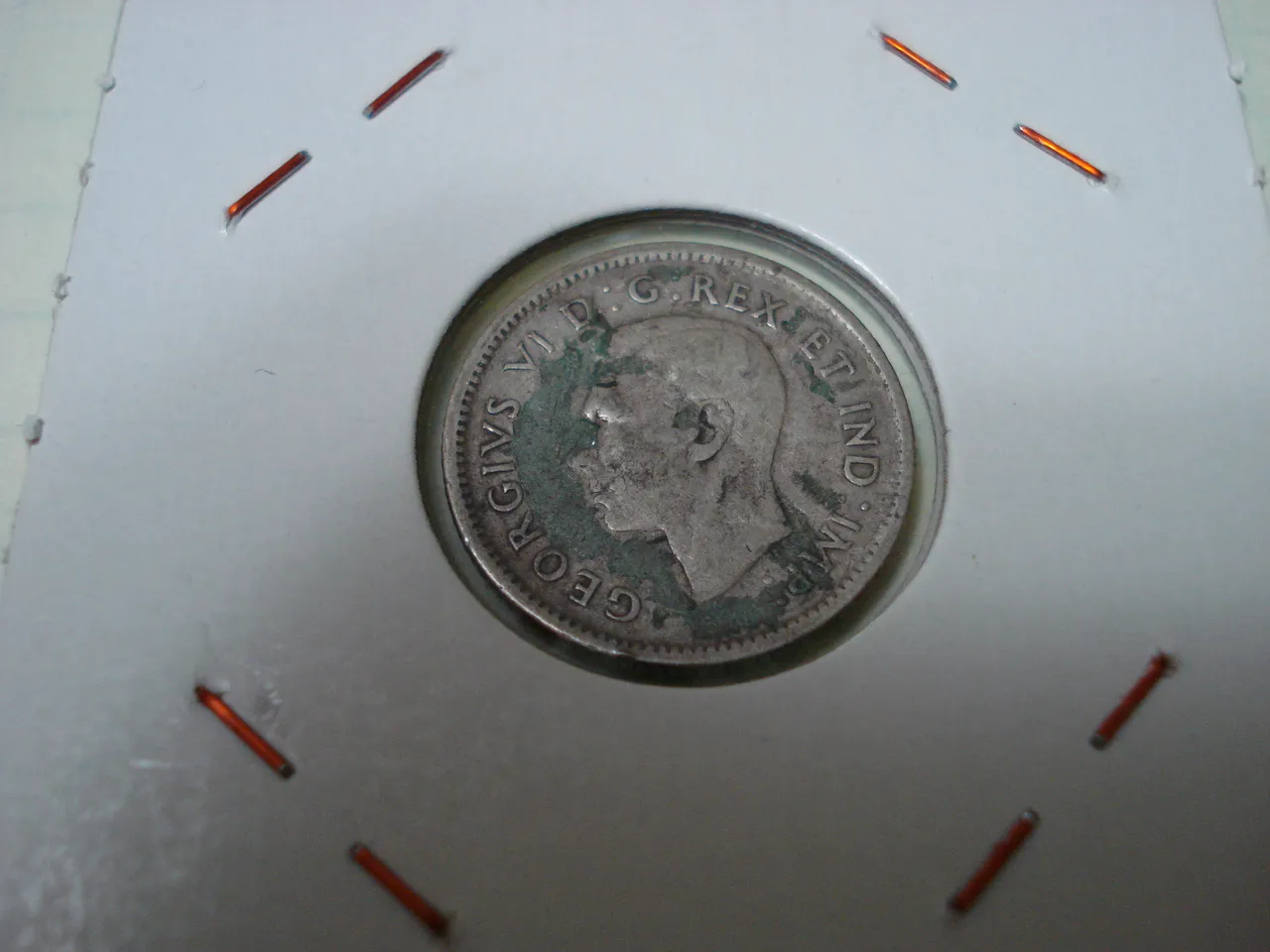Welcome to what I hope will become a new off-and-on series entitled Pocket Change Peculiarities! Although I am not an ardent coin collector, I have picked up some interesting items, many of which I literally found in my own pocket change, and the rest of which were certainly someone's pocket change at some point in the past. At any rate, I set aside strange stuff I find, and the really peculiar stuff gets a cardboard coin sleeve with a plastic window as shown below.
I live in the US, and have always lived in one state or another that borders Canada. As a result, plenty of Canuckistani Kopeks find their way into circulation here despite the variable exchange rate between the countries. Usually these are regarded as a nuisance, but I have discovered that they can be an interesting treasure hunt. Canadian coinage is nearly identical to the US equivalents in size, and differs primarily in the portrait on the obverse and the emblem on the reverse. Apparently Queen Elizabeth II really is worth only ±80% of a male privilege portrait?
This, however, is a silver 1946 Canadian dime with King George VI on the obverse. The Bluenose schooner has been on the reverse of this coin since 1937, but the Commonwealth coinage changes to depict the current monarch, and King George VI ruled from 1936 until 1952. Canadian silver coins were minted in an 80% silver and 20% copper composition starting in 1920 after being officially debased from 92.5% silver, also known as sterling silver. When US coins were 90% silver and Canadian coins 80% silver, the exchange rate between them was easy to calculate based on the commodity values of the melted tokens, but the various central banking shenanigans of the countries never really allows this to be as obvious and fixed as it could have been, and in the 1960s both the US and Canada began further debasing their coins to the present cupronickel US alloy and steel Canadian alloy.
There's good old Queen Elizabeth II! This must be a newer Canadian dime! Wait... It says, "Cayman Islands" around the edge. And on the back, it looks like crayfish next to the numeral 5? Odd...
Yes, this 5-cent piece from the Cayman Islands was handed to me as if it were a US dime at one point when I received my change for a purchase. This coin reacts to a magnet, so it seems to be a nickel-coated steel composition. A little research online as I type this indicates this is the first year this particular portrait was used on the obverse, and it is the third such portrait used. The Cayman Islands 10 cent piece is cupronickel and slightly smaller than a US nickel. If it weren't for the inertia of silver coinage influences determining coin sizes in the US and Canada, it would actually make more sense to have the five cent piece smaller than the 10 cent piece like the Cayman Islands.
This is by far the strangest thing I have personally seen turn up in circulation. That is not a dime. That is not even from the western hemisphere. That is an aluminum 2 Lira coin from Vatican City. It turned up in the change for the library, indicating that at some point in the past month someone paid for fines or copies with it.
What is the strangest thing you have discovered in your pocket change? Tell your story in reply!





